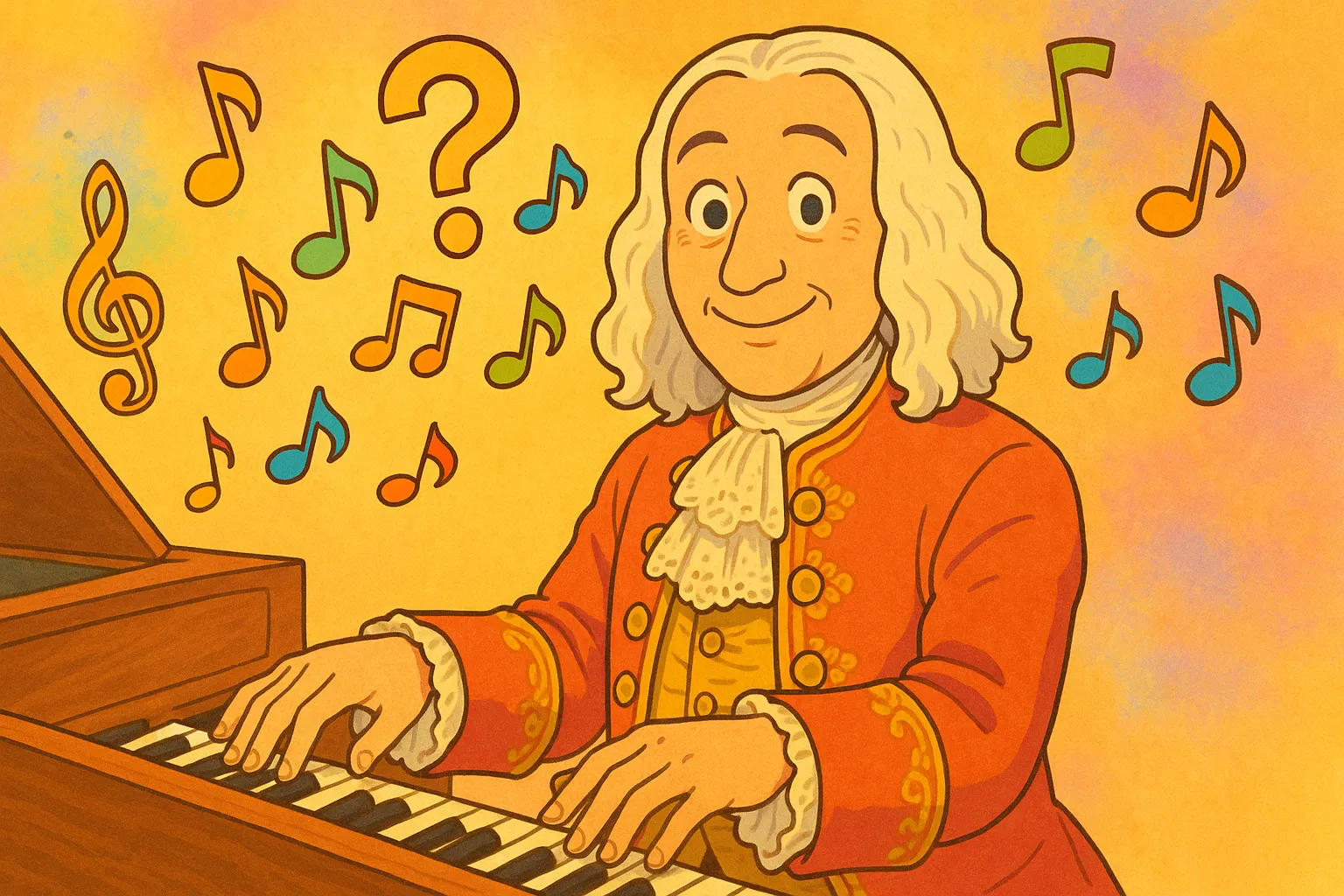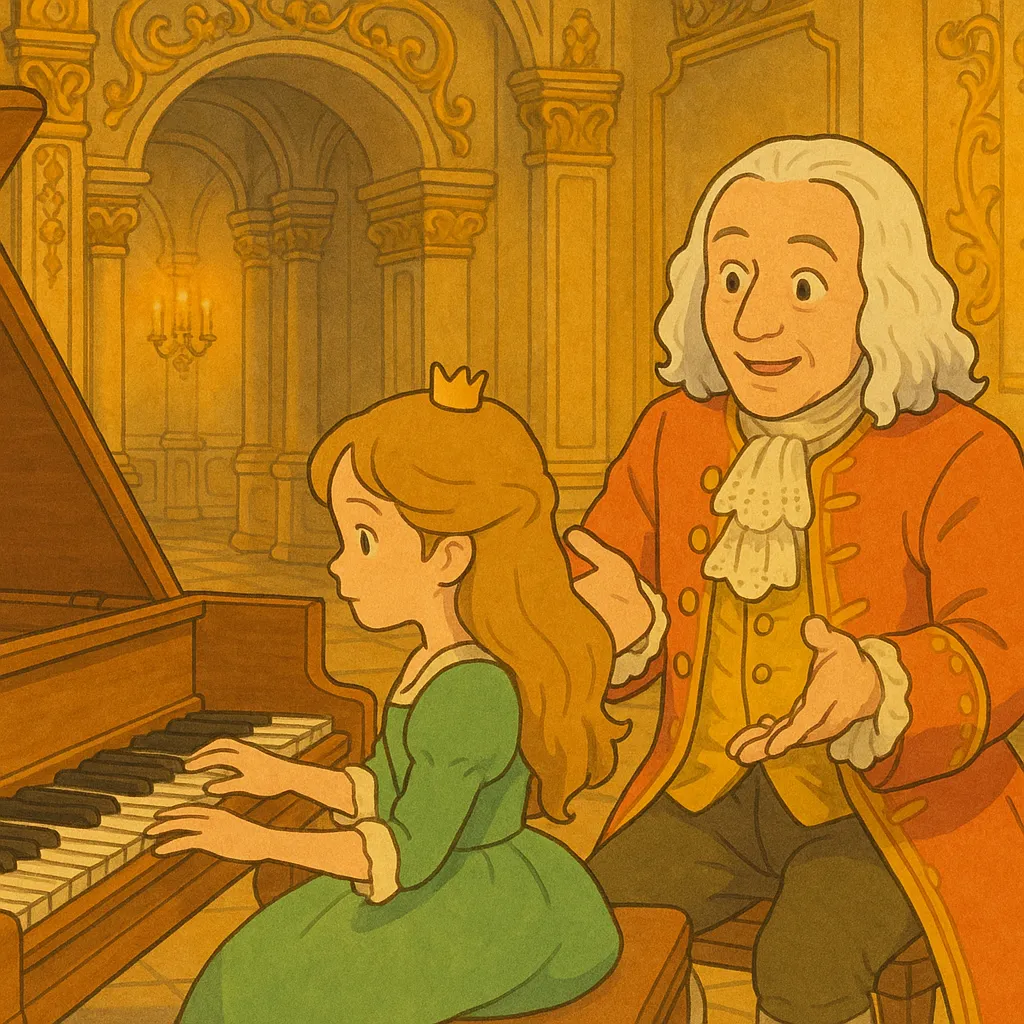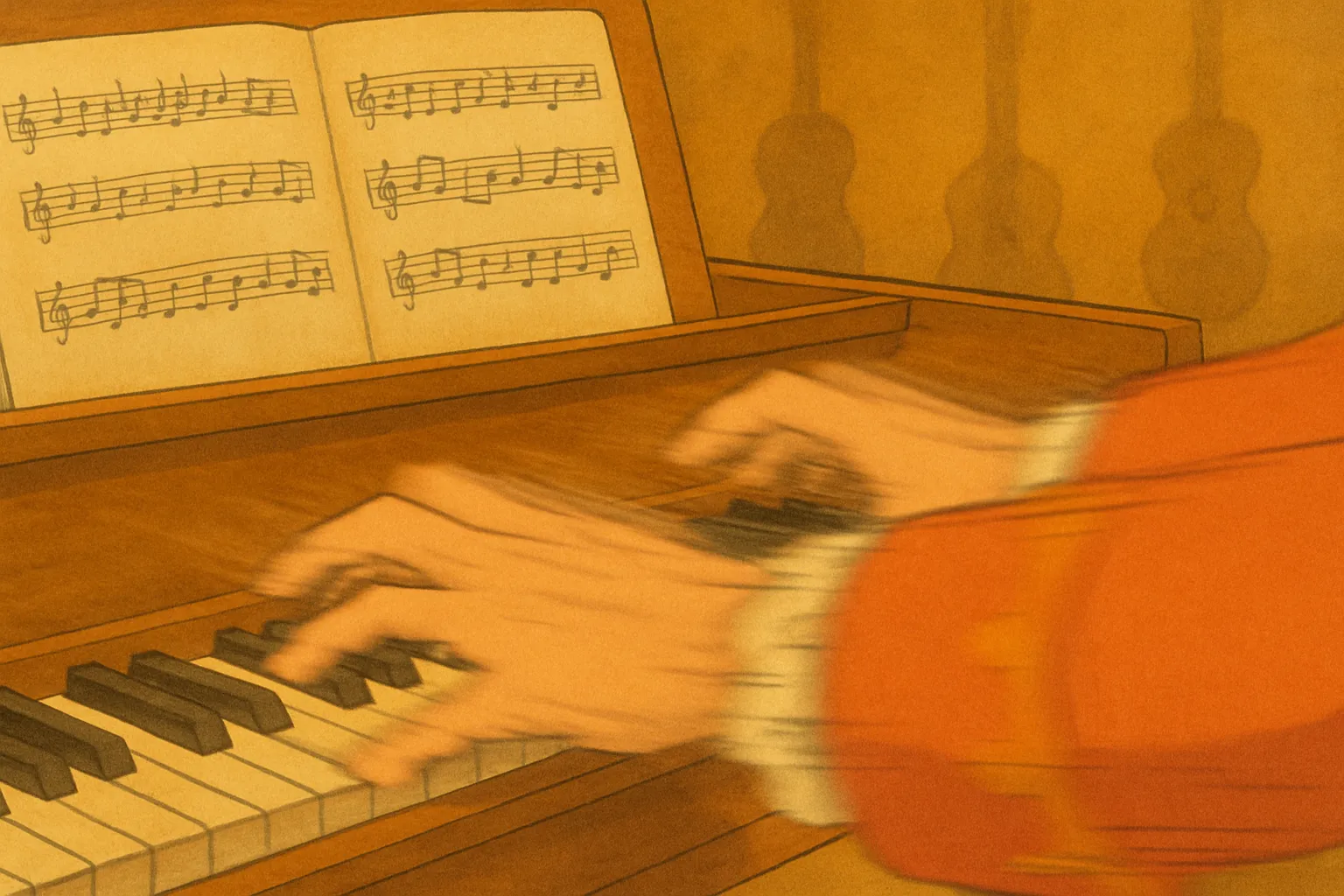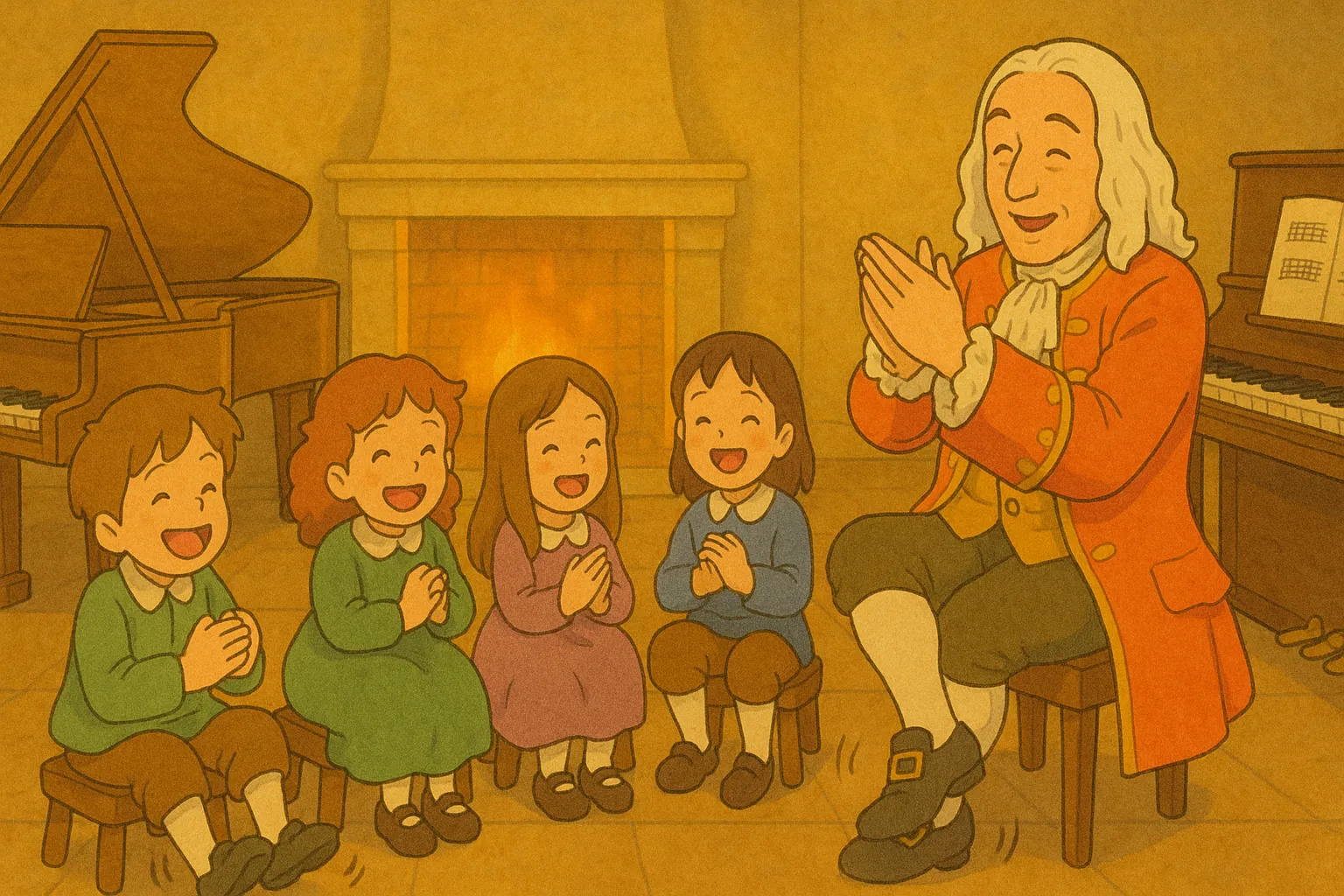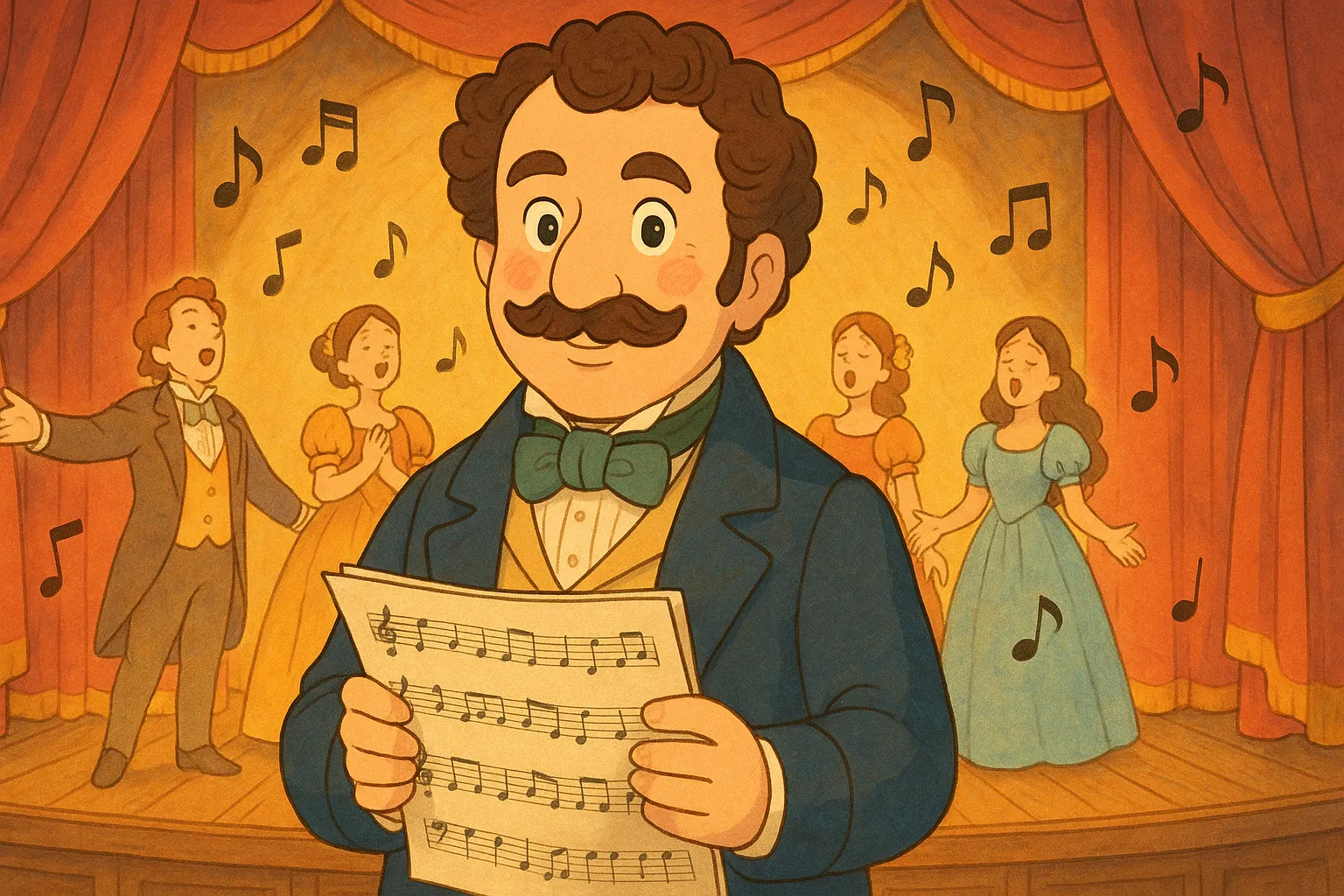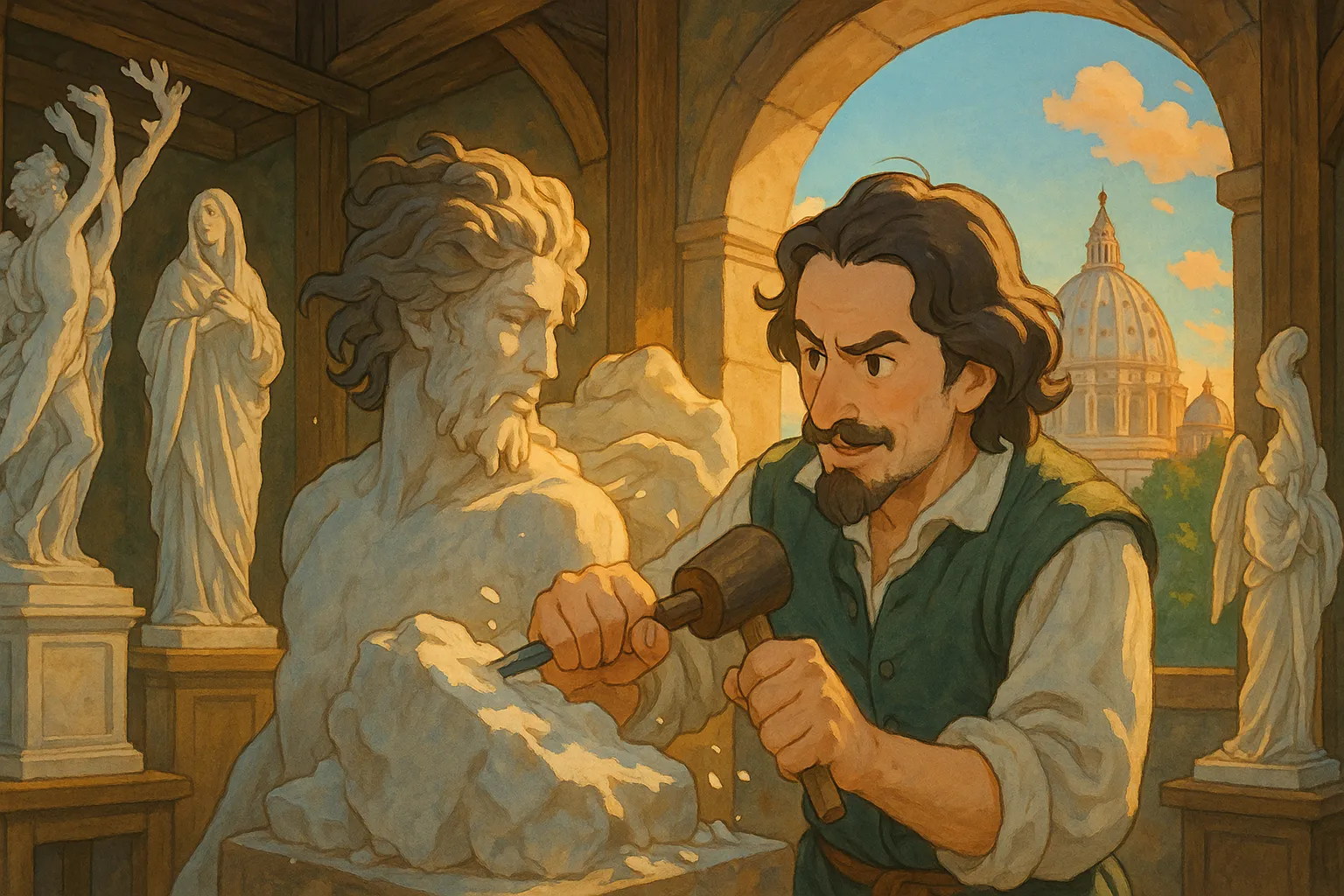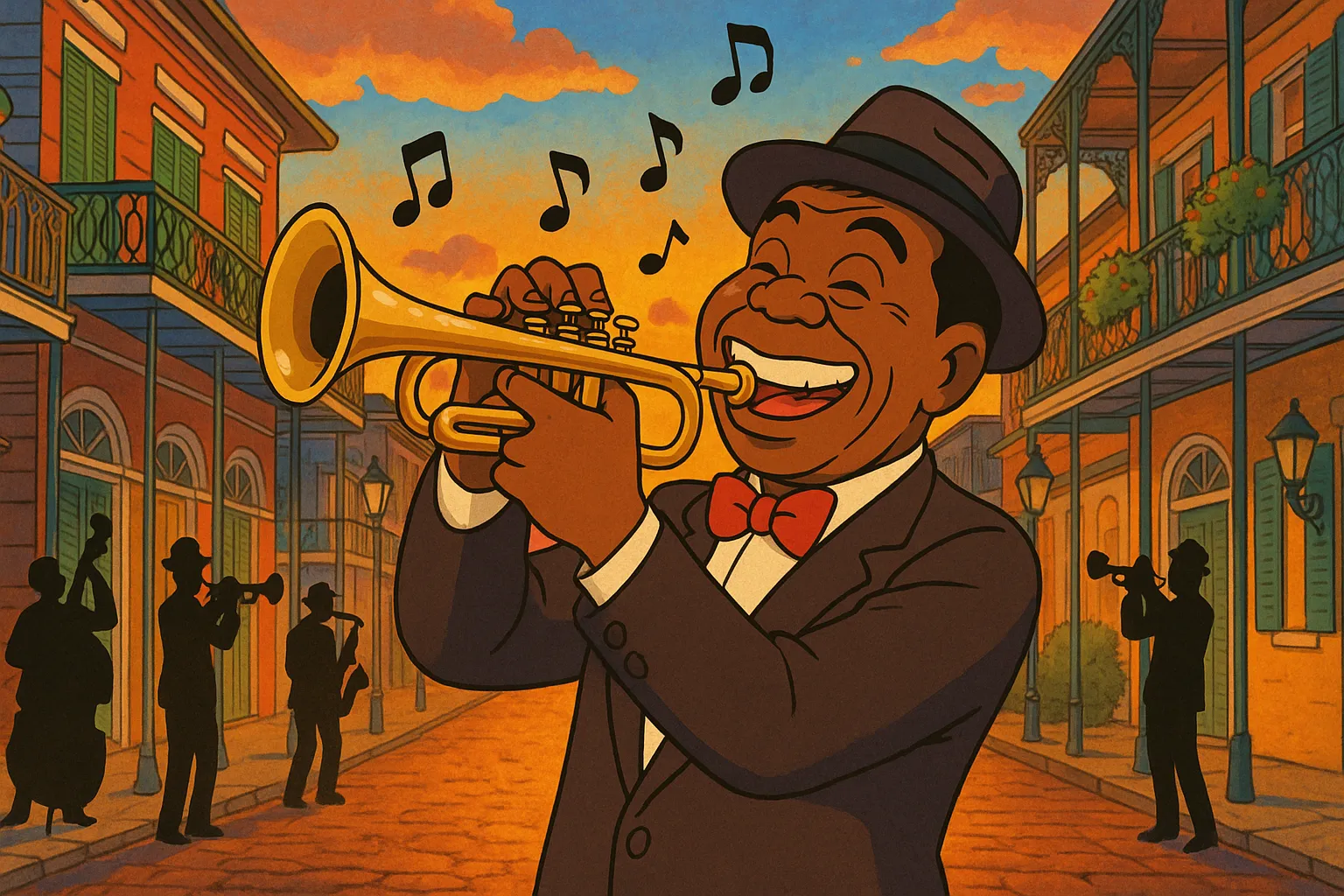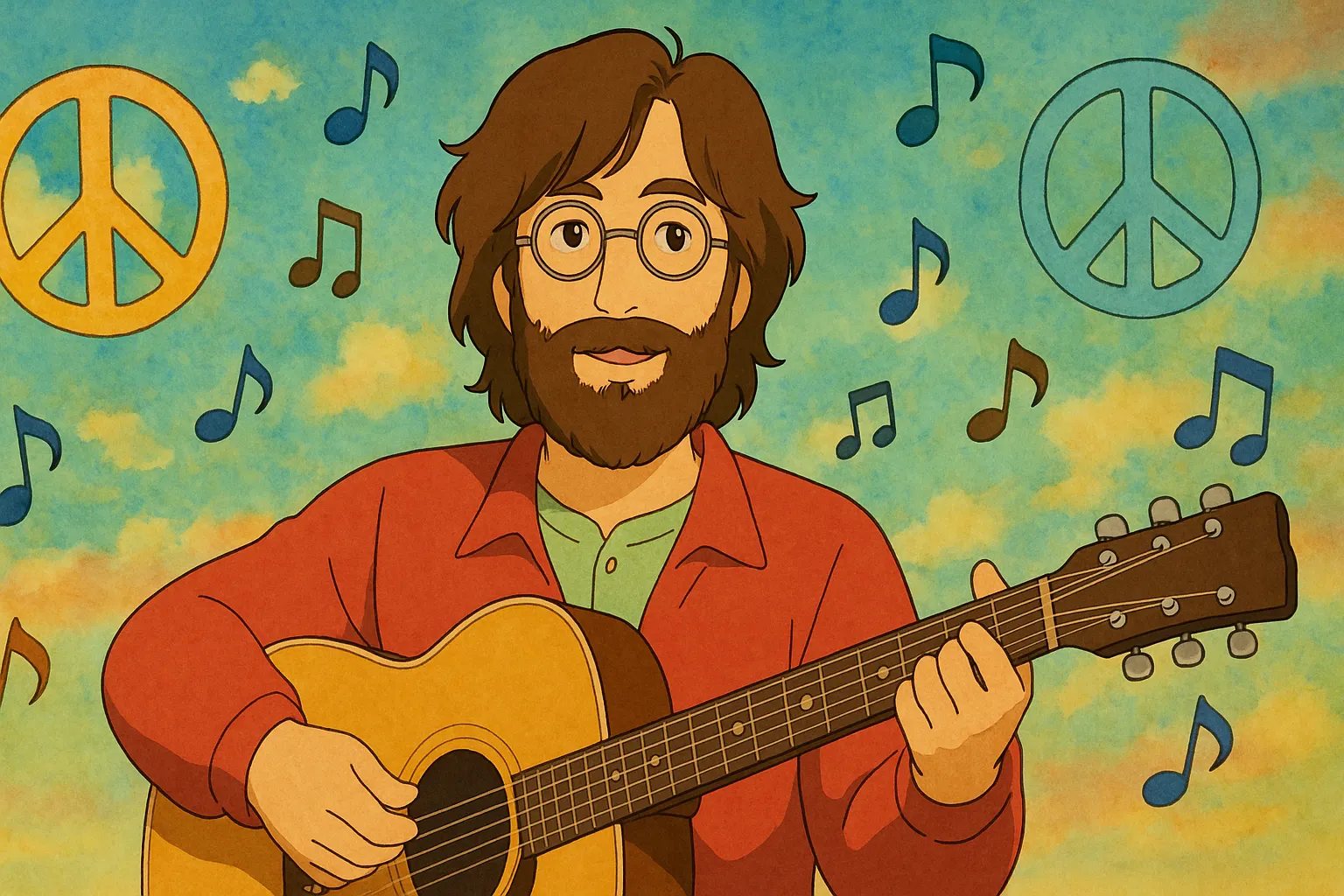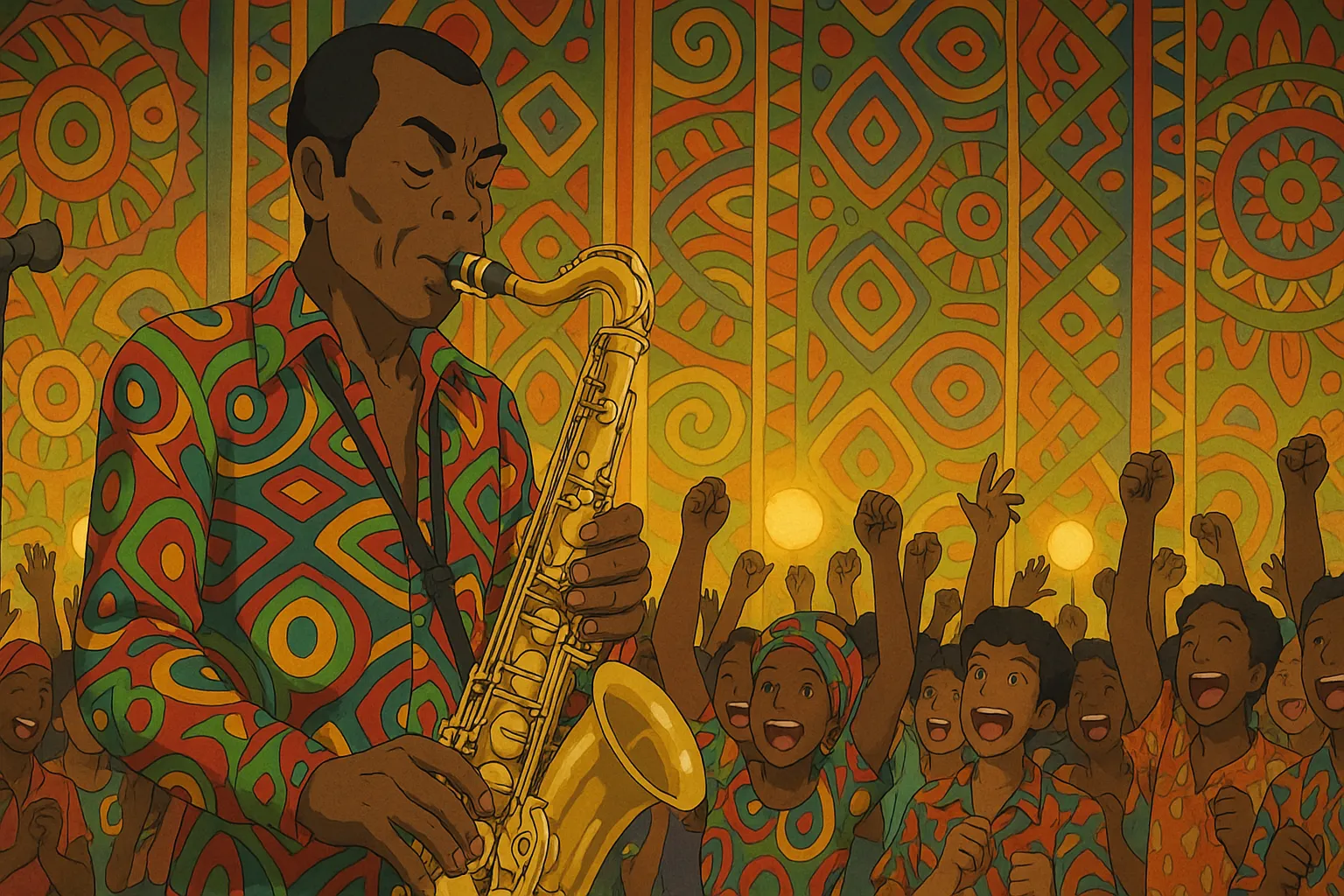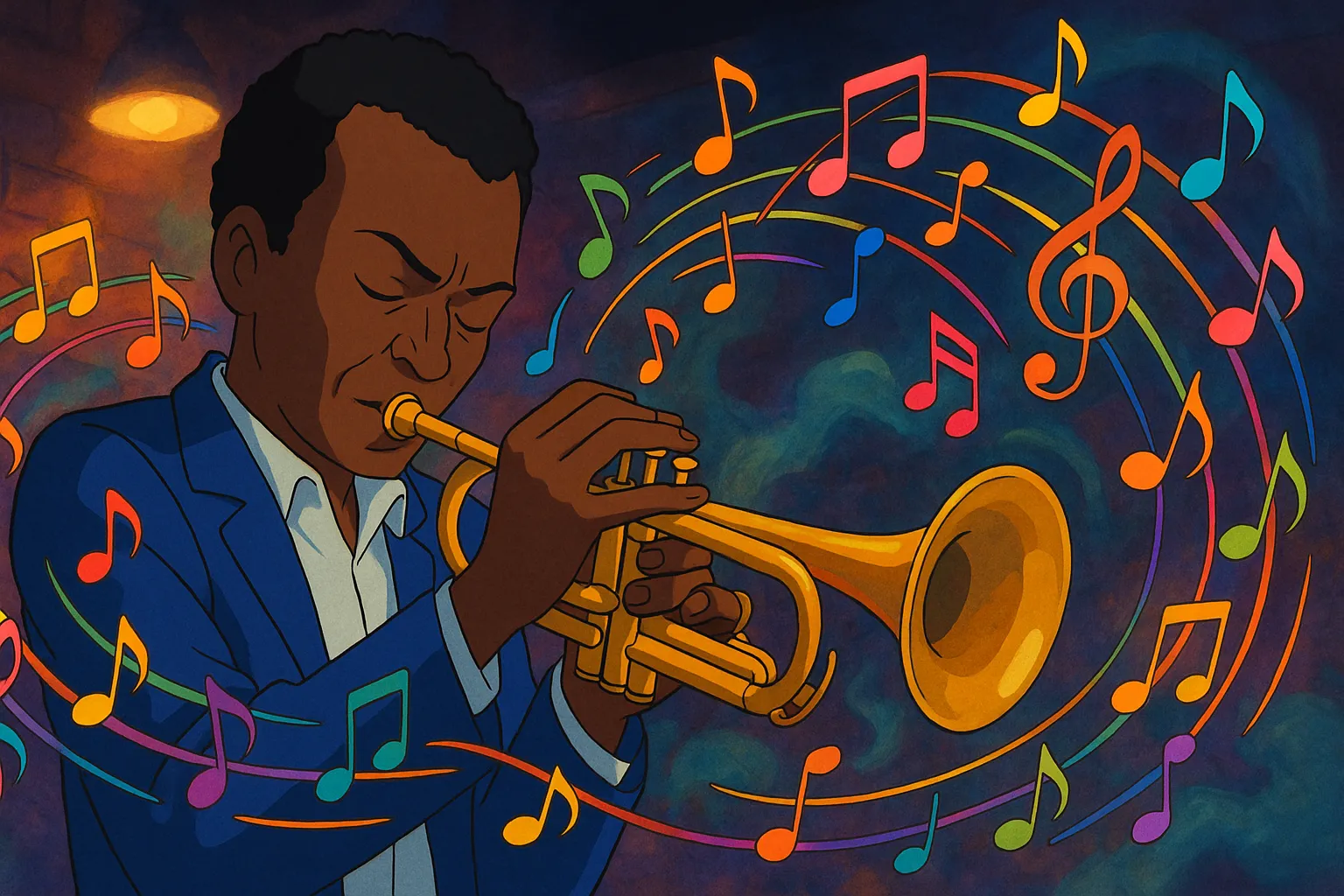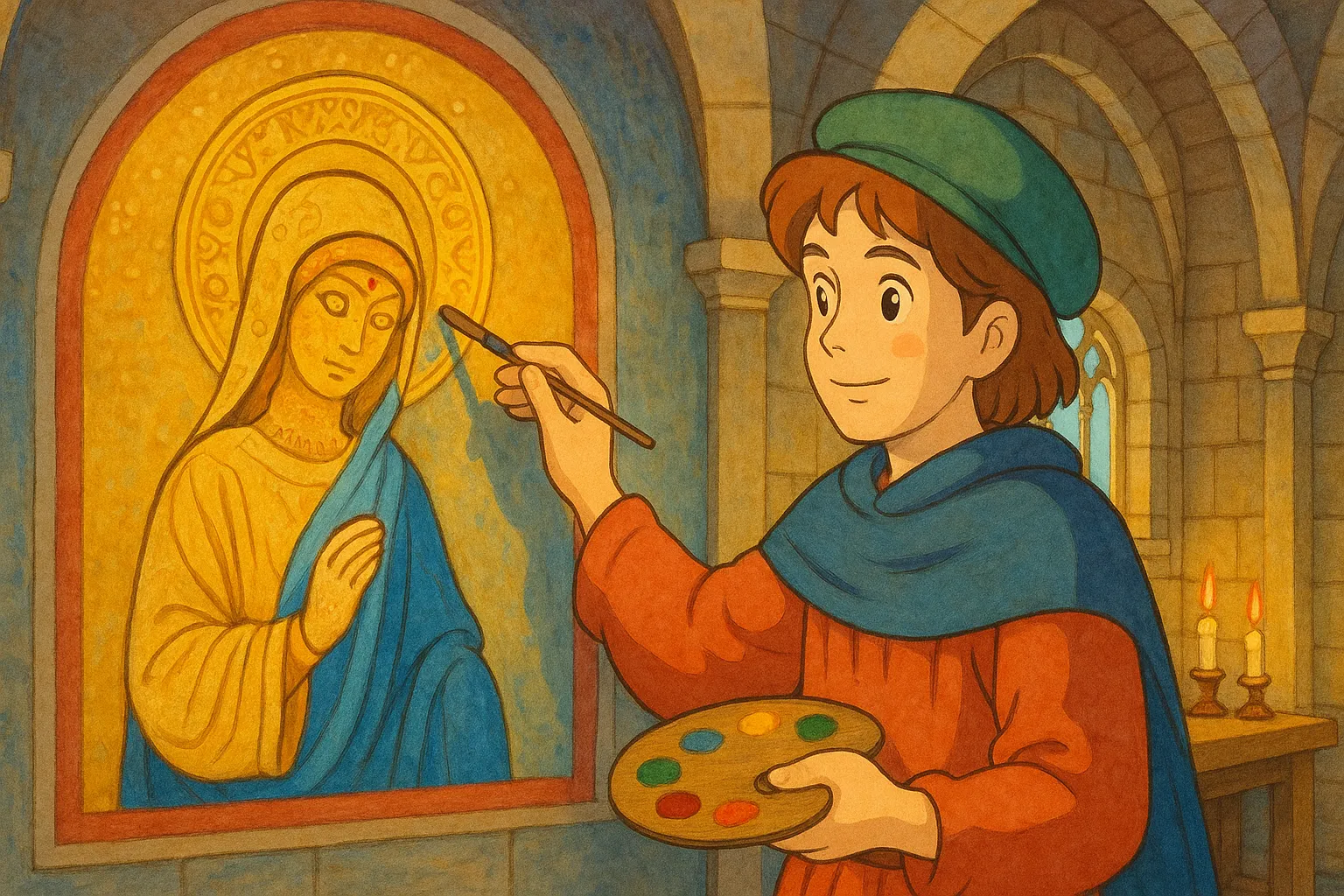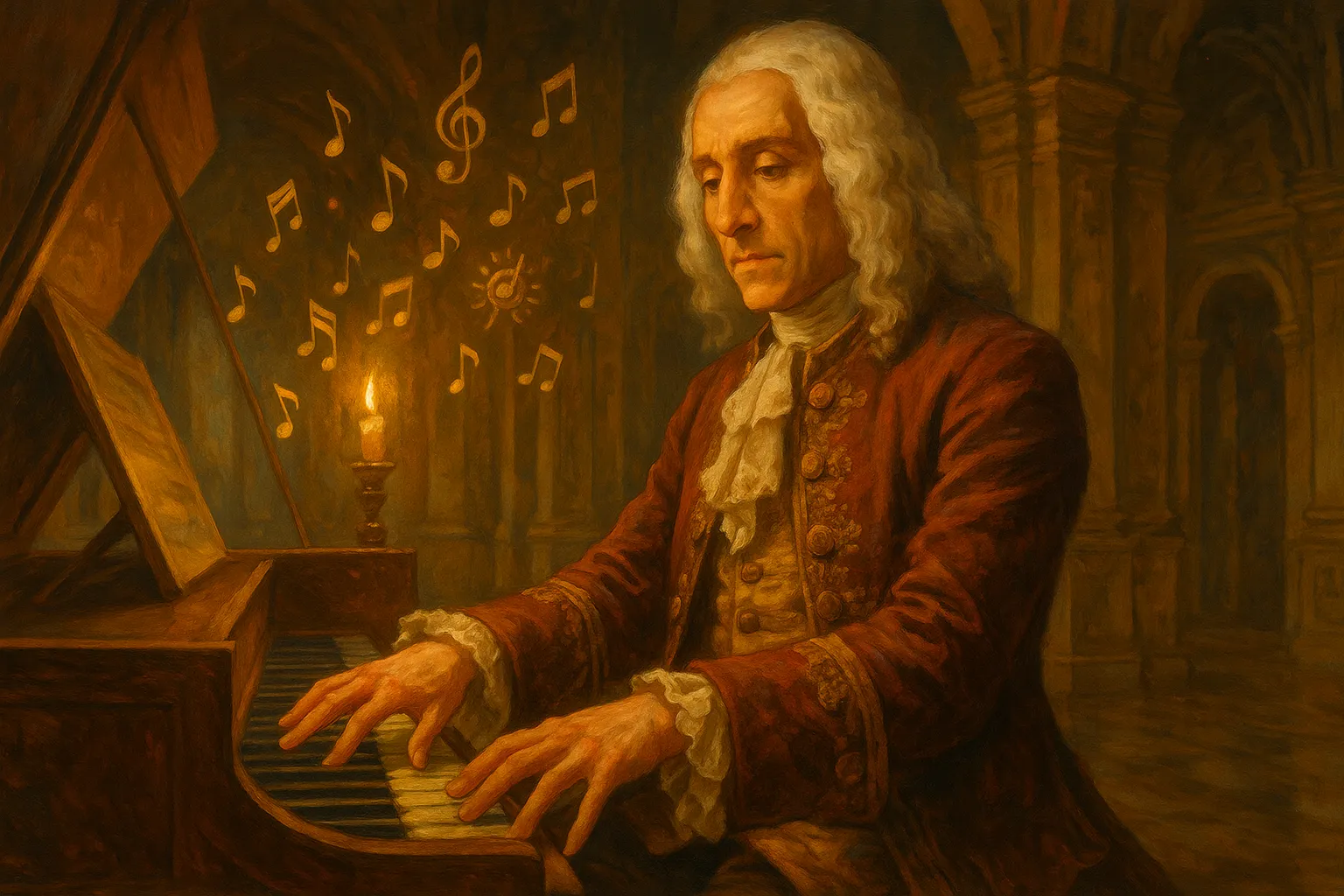
Questions fréquemment posées
Was Scarlatti from a musical family?
Yes. His father was Alessandro Scarlatti, a well-known Italian opera composer, so Domenico grew up surrounded by music.
Why did he write so many short sonatas?
Many were meant for teaching and court entertainment. Short pieces let Scarlatti experiment with new rhythms and finger tricks while keeping listeners surprised.
Where can I hear Scarlatti's music?
You can find recordings and streaming playlists titled 'Scarlatti sonatas.' Try listening to a few short sonatas to hear his lively, dance-like style.
